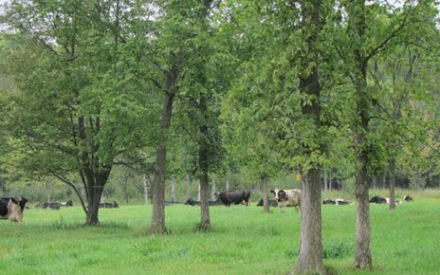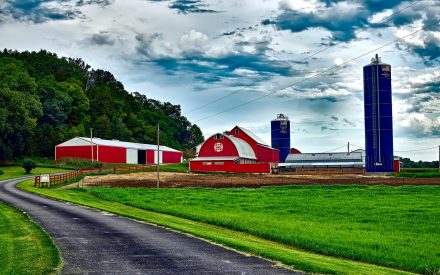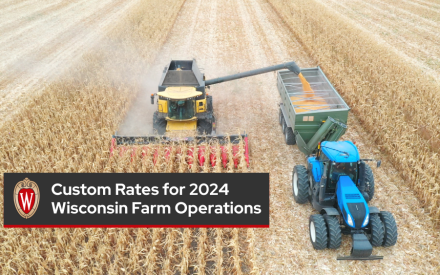This provides a summary of what is covered in the full-text publication, “Crop Share Rental Arrangements for Your Farm” located in the AgLease 101 document library aglease101.org – a publication to help operators and landowners develop equitable rental arrangements and assist them in making sound decisions based on an equitable evaluation of resources.
Crop-share arrangements refer to a method of leasing crop land where the production (crop) is shared between the landowner and the operator. Other income items, such as government payments and crop residue, are also often shared as are some of the production expenses.
Part I Crop Share Agreements, advantages and disadvantages
Management may be shared between an experienced landowner and operator, resulting in more effective decisions as well as risks due to low yields or prices, and profits from high yields or prices, are shared between the two parties. The AgLease101 document describes potential tax benefits for the landowner providing “material participation” through their involvement in crop production and marketing, and implications for social security in retirement. The need for operator and landowner to discuss annual cropping practices and to make joint management decisions is greater, along with an Increased need for paperwork, record-keeping and accounting for shared expenses must be maintained.
Part II Establishing a Crop Share Agreement
The AgLease101 document provides additional detail for the following principles to develop an equitable crop share lease.
- Variable expenses that increase yields should be shared in the same percentage as the crop is shared.
- Share arrangements should be adjusted to reflect the effect new technologies have on relative costs contributed by both parties.
- The landowner and operator should share total returns in the same proportion as they contribute resources.
- Operators should be compensated at the termination of the lease for the undepreciated balance of long-term investments they have made.
- Good, open, and honest communication should be maintained between the landowner and operator.
Part III How to Develop an Equitable Crop Share Agreement
Approaches to Crops Share Agreements with crop budgets based on contributions or desired share of the parties. The “Crop Share Rental Arrangements for Your Farm”, located in the AgLease 101 document library aglease101.org provides a budget spreadsheet that allows parties to determine input expenses and an equitable division of the crop(s) based on contribution or desired share. Parties must establish reasonable values for the various contributions. Details of this section outline a valuation process for everything from land to management and labor. Find latest custom rate surveys and land value data at https://farms.extension.wisc.edu/article-topic/pricing-and-contracts/ .
Contributions Approach – With this approach, the percentage contribution of each party is calculated for inputs not shared and those shared in some pre-determined proportion. Parties then share “yield-increasing inputs”.
Desired-Share Approach – With this approach, the parties specify a given percentage share basis (say, 50-50) and then adjust the contributions to fit this percentage.
Part IV The importance of putting the agreement in writing
The details of how the rent will be determined should be clearly specified in a written lease agreement. Including one or two examples with different prices and yields is helpful, as well. Advantages of a written agreement are:
- Encourages a detailed discussion of the agreement, leading to better understanding by both parties.
- Serves as a reminder of the items originally agreed upon.
- Provides a valuable guide for the heirs if either the operator or landowner dies.


 Fixed and Flexible Cash Rental Arrangements for Your Farm - AgLease 101 publication brief summary
Fixed and Flexible Cash Rental Arrangements for Your Farm - AgLease 101 publication brief summary Pasture Rental Arrangement for Your Farm - AgLease 101 publication brief summary
Pasture Rental Arrangement for Your Farm - AgLease 101 publication brief summary Rental Agreements for Farm Buildings and Livestock Facilities - AgLease 101 publication brief summary
Rental Agreements for Farm Buildings and Livestock Facilities - AgLease 101 publication brief summary Custom Rates for 2024 Wisconsin Farm Operations
Custom Rates for 2024 Wisconsin Farm Operations


